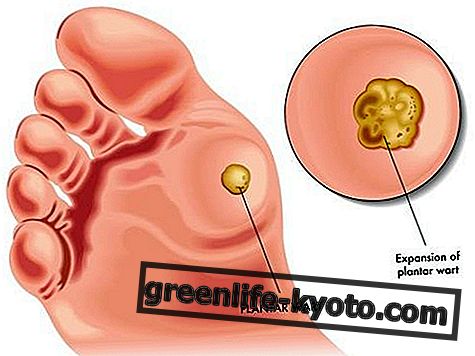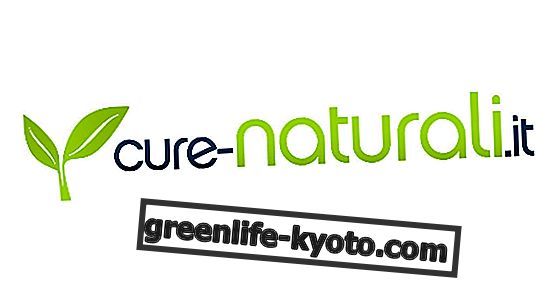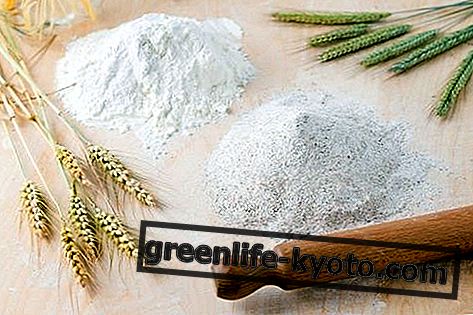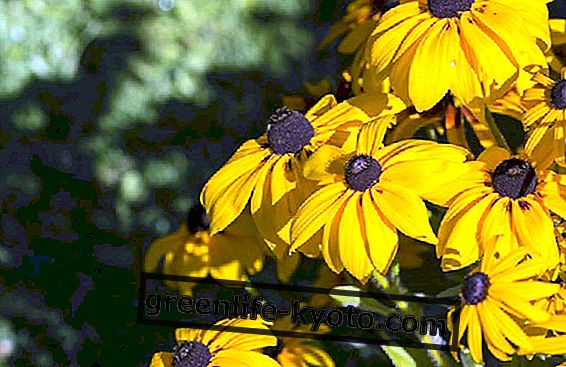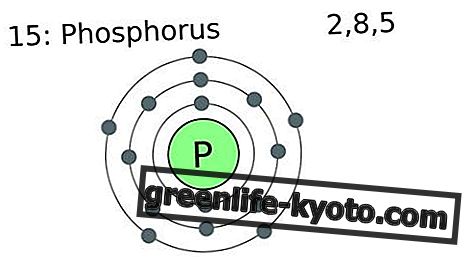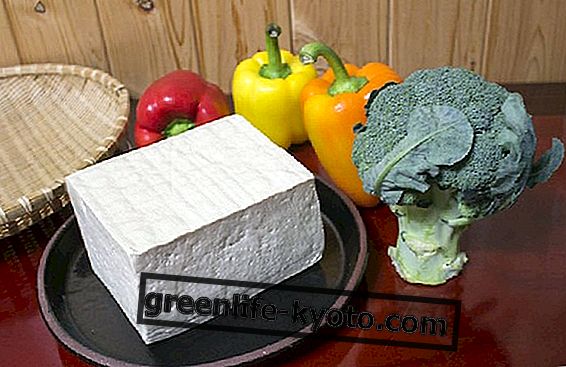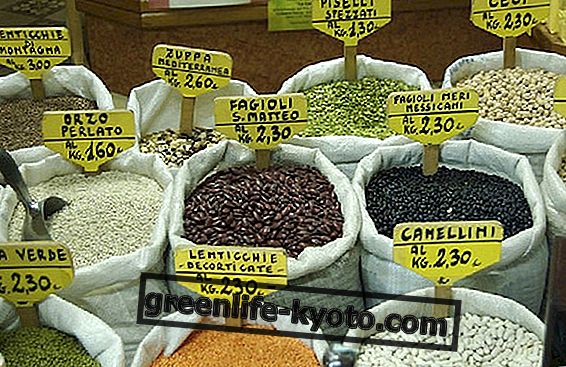
What is lucuma
The lucuma is scientifically the fruit of the South American tree Pouteria lucuma or Pouteria obovata ; this tall plant belongs to the Sapotaceae family and comes from Peru, Ecuador and Chile, especially from the areas of the Andean valleys; here its fruit grows and is consumed for a very long time, since the time of the Incas. Locally it is also known as logma or lucma.
Round in shape, the lucuma has a thin green skin, which when ripe tends to brown, and a sweet orange flesh, firm and powdery. Inside we find one or two large brown and shiny, smooth and rounded seeds. "Eggfruit", "fruta-huevo", a South American egg-fruit, is often confused, but is called canistel and belongs to the same family.
The lucuma has a very particular taste, its taste can remember the orange pumpkin and according to others a cross between mango and apricot, but it is even sweeter and more intense.
Locally, especially the Peruvians, they use it to enrich ice cream, cakes, smoothies or other sweet products and it is an excellent natural sweetener alternative to sugar .
Properties and benefits of lucuma
For the sake of saying to have tasted it, or for a real passion for tropical fruits, the lucuma deserves to be tried at least once in a lifetime .
Its pulp, besides being very good, also presents a series of considerable health benefits: it is rich in beta - carotene, vitamin A, vitamin B2, mineral salts and iron, which makes it a special product, indeed a real superfood, from antioxidant and highly nutritious power.
Lucuma also contains carbohydrates, fats, similar to avocado, and a substance called niacin that serves to regulate cholesterol levels in the blood . Science has also investigated its anti-inflammatory and cellular regeneration properties, as reported in the Wiley Online Library.
How to use lucuma
The lucuma can be eaten raw, natural and pure, as it is, but it can also be cooked, which gives it a decidedly creamy and homogeneous consistency.
Lately, it is found to be powdered in many preparations for breakfast, such as "The Awakening of the Buddha" and it can also be bought dehydrated and powdered, excellent to dissolve in beverages and to be used as a natural sweetener .
The lucuma is not so easily found: in addition to the various sites that sell it online, you are lucky if you manage to find it in the big cities and in some ethnic shop with South American products.
Curiosity : Attention because, as seen before, there is also the tree of the Campechian Pouteria, which gives a fruit called "canistel" which is not the lucuma and has a flavor reminiscent of batata or American potato and sweet potato. Here is the Cookpad website that offers a series of Recetas de Lucuma, recipes in language to teach you also with Spanish!
Recommended reading: "El arbol al servicio del agricultor: guía de especies", by Frans Geilfus.



